Lets Learn Hawaiian A WORD-PICTURE BOOK  by Sibyl Hancock & Doris Sadler CHARLES E. TUTTLE COMPANY Rutland, Vermont Tokyo, Japan Representatives Continental Europe : BOXERBOOKS, INC., Zurich British Isles : PRENTICE-HALL INTERNATIONAL, INC., London Australasia : PAUL FLESCH & CO., PTY. LTD., Melbourne Canada : M.G. HURTIG, LTD., Edmonton Published by the Charles E. Tuttle Company, Inc. of Rutland, Vermont & Tokyo, Japan with editorial offices at Osaki Shinagawa-ku, Tokyo 141-0032 Copyright in Japan, 1969 by Charles E.
by Sibyl Hancock & Doris Sadler CHARLES E. TUTTLE COMPANY Rutland, Vermont Tokyo, Japan Representatives Continental Europe : BOXERBOOKS, INC., Zurich British Isles : PRENTICE-HALL INTERNATIONAL, INC., London Australasia : PAUL FLESCH & CO., PTY. LTD., Melbourne Canada : M.G. HURTIG, LTD., Edmonton Published by the Charles E. Tuttle Company, Inc. of Rutland, Vermont & Tokyo, Japan with editorial offices at Osaki Shinagawa-ku, Tokyo 141-0032 Copyright in Japan, 1969 by Charles E.
Tuttle Co., Inc. All rights reserved Library of Congress Catalog Card No. 69-13502 ISBN: 978-1-4629-1272-8 (ebook) First printing, 1969 PRINTED IN JAPAN To Tom and Lloyd Table of Contents Introduction There are many ways to teach children about other places where they have not been. This book not only gives facts about the Hawaiian Islands, but also acquaints the reader with the ancestral language of the peoples of the Fiftieth State of the United States. Although the introductory Facts About Hawaii is written primarily for the teacher or adult reader, the pictures and captions can be enjoyed by people of all ages. We feel that children or adults can absorb new words when the pictures accompany them.
Some of the pictures are humorous, therefore making learning and reading more enjoyable to the child. Simple subjects have been used in order that the child might recognize them readily. They have also been used in sentences for more complete comprehension. We hope this book provides interest and enjoyment for its readers, since we have had such a good time compiling and illustrating it. The authors wish to express their thanks to Mrs. L. L.
Adair, Jr., a former resident of Hawaii, and Mrs. Virginia Wallace, for their generous advice and assistance during the preparation of the book. THE AUTHORS  Facts About Hawaii HISTORY OF THE ISLANDS The Hawaiian Islands are made up of a chain of eight separate islands. Hawaii is the largest of these islands, and Hila is its busiest city. On Hawaii there are two high volcano peaks, Mauna Loa and Mauna Kea, which make up the center of the island. People of this island make a living by growing orchids, macadamia nuts, sugar, or by raising cattle.
Facts About Hawaii HISTORY OF THE ISLANDS The Hawaiian Islands are made up of a chain of eight separate islands. Hawaii is the largest of these islands, and Hila is its busiest city. On Hawaii there are two high volcano peaks, Mauna Loa and Mauna Kea, which make up the center of the island. People of this island make a living by growing orchids, macadamia nuts, sugar, or by raising cattle.
The headquarters for the famous Parker Ranch can be found on the slopes of Mauna Kea. Other interesting and beautiful sights on Hawaii include the orchid gardens in Hila, and Akaka Falls. Oahu is the home of the capital of Hawaii, Honolulu. This is an interesting city with its exotic races, exciting restaurants, and beautiful homes. The community of Waikiki is also on Oahu, and there you can see palm trees, hula girls, shopwindows, and plenty of sunshine. The scenery of this island is filled with plantation villages, waterfalls, pineapple fields, the jutting heights of Diamond Head, and the never-to-be-forgotten naval base, Pearl Harbor.
Maui is known as the Valley Island, because two big mountain ranges rise at both ends. The highest peak is the dormant Haleakala Crater, and the crater is big enough to bury the whole island of Manhattan inside it. Another interesting sight on Maui is a thin piece of lava that stands very tall and straight, balancing on a rock below; it is called laos Needle. Maui produces pineapple and cattle. Its residents have a slogan: Maui is the best. Molokai is the fifth largest of the Islands.
At least a third of the land is owned by ranchers. The leper colony on Molokai was founded by Father Damien in 1873 and now can be visited in complete safety. In 1946 the discovery of sulfone drugs led to treatment and cure of the disease. Molokai is perhaps one of the most unspoiled parts of the Islands, because much of it is like the Hawaii of years ago. A particularly beautiful sight is Halawa Valley where only a few families live and grow taro. Lanai is an island that is one great pineapple plantation; its workers have a very modern city with movies, stores, and nice homes.
During the harvesting season nearly the entire town goes to work. The siren wails at 4:30 in the morning, and trucks carry workers to the fields. Interesting sights include the Garden of the Gods, which is a wilderness of ravines and sharp pinnacles, and a beach where dozens of ships have been wrecked on the Lanai reef. A visitor might find something from one of the old ships washed ashore on the beach, although it would probably be no more than a rusty bolt. Kahoolawe and Niihau are not open to visitors. Kahoolawe is used by the U.S.
Navy as a testing ground, and Niihau is privately owned. Kauai is called the Garden Isle, because it is covered with green plants and has no dry sandy spots like the other islands. The airport on this island is called Barking Sands because there is internal motion of the beach sand in certain areas that makes an odd barking sound. The big industry on Kauai is sugar. Nearly half of the island population works for sugar plantations and sugar mills. In Kilauea, a little plantation village, you can see a lighthouse, and from the jutting cliff the view is breathtaking.
THE SANDWICH ISLANDS The Polynesians were the first people to come to Hawaii. They sailed there in great canoes from other Pacific islands a thousand years ago. Later, about A.D. 1200, other Polynesians moved to the islands from Tahiti. The early settlers may have named the islands Hawaii in honor of a chieftain named Hawaiiloa. The Hawaiians lived on their islands for five hundred years without ever seeing any strangers.
The world did not even know they existed. In 1778, Captain James Cook, an English explorer, discovered the islands, and he called them the Sandwich Islands in honor of the Earl of Sandwich. The Hawaiians thought he was a god, and they greeted him happily. Before long, ships from all over the world began to come often to the beautiful islands. In 1900 Hawaii became a territory of the United States, and in 1959 it was accepted as the Fiftieth State. SOURCES OF INCOME The money spent by the federal government on salaries for civilian employees and military personnel is the largest source of income in Hawaii.
The most important business on the Islands is the tourist industry. Each year thousands of visitors enjoy vacations in Hawaii, especially in the busiest months of January, February, July, and August. Agriculture is also an important source of income for Hawaii. The largest crop is sugar, and all over the Islands, you can see miles of tall sugar-cane stalks growing in the soil. Many people work for the big sugar companies, either in the fields or in the great factories which prepare the sugar. It takes the sugar cane two years to grow before it can be harvested.
The second most important crop in Hawaii is pineapples. Like sugar cane, it takes about two years for the pineapple to grow before it may be harvested. From June through September, the canning factory is busy with the newly harvested crop. RELIGION There are churches of all beliefs in Hawaii. The Roman Catholic and Buddhist religions have the largest groups of followers. LEGENDS Many legends have been told in the history of old Hawaii.
In the earliest tales nature played a great part, supplying beautiful rainbows, waterfalls, and craggy cliffs. In fact, the gods and goddesses visited the islands by sliding down the curving rainbows. Hawaiians worshiped their principal gods, Lono and Kane. They also feared the goddess of the volcano, Pele. Goddess Pele was said to have lived in each new island as it was born from the sea, and today legends tell that she resides inside the island of Hawaii, youngest of the islands. Legend credits Hawaiiloa with finding the islands, and they are named for him and his daughters and sons.
Next page
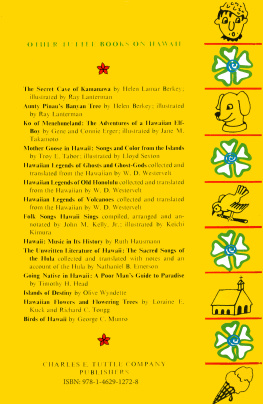

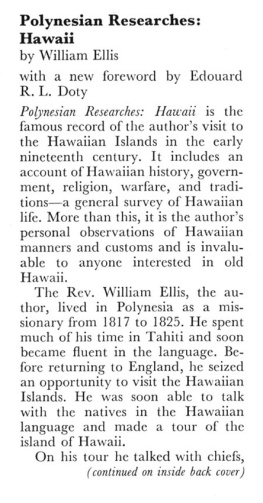
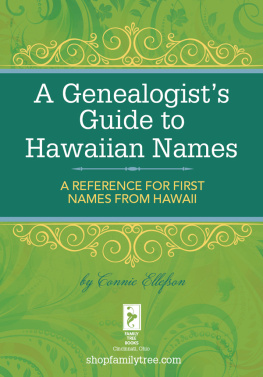
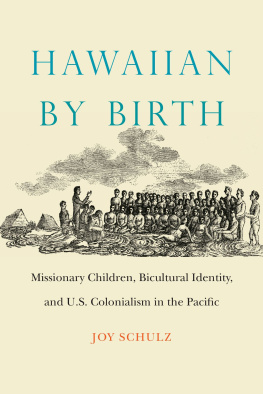
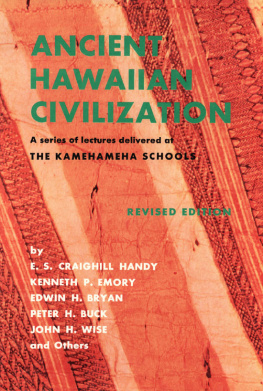
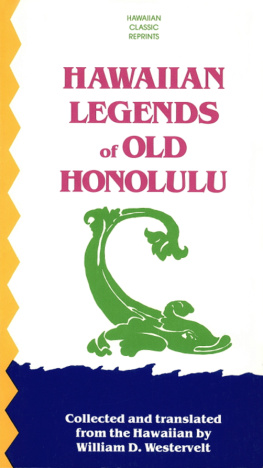
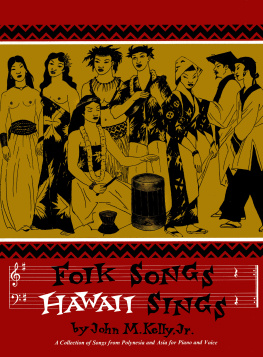
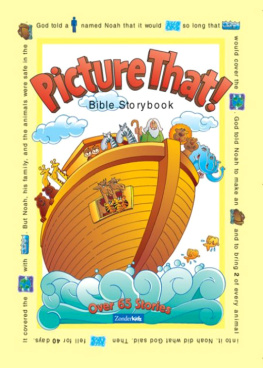
 by Sibyl Hancock & Doris Sadler CHARLES E. TUTTLE COMPANY Rutland, Vermont Tokyo, Japan Representatives Continental Europe : BOXERBOOKS, INC., Zurich British Isles : PRENTICE-HALL INTERNATIONAL, INC., London Australasia : PAUL FLESCH & CO., PTY. LTD., Melbourne Canada : M.G. HURTIG, LTD., Edmonton Published by the Charles E. Tuttle Company, Inc. of Rutland, Vermont & Tokyo, Japan with editorial offices at Osaki Shinagawa-ku, Tokyo 141-0032 Copyright in Japan, 1969 by Charles E.
by Sibyl Hancock & Doris Sadler CHARLES E. TUTTLE COMPANY Rutland, Vermont Tokyo, Japan Representatives Continental Europe : BOXERBOOKS, INC., Zurich British Isles : PRENTICE-HALL INTERNATIONAL, INC., London Australasia : PAUL FLESCH & CO., PTY. LTD., Melbourne Canada : M.G. HURTIG, LTD., Edmonton Published by the Charles E. Tuttle Company, Inc. of Rutland, Vermont & Tokyo, Japan with editorial offices at Osaki Shinagawa-ku, Tokyo 141-0032 Copyright in Japan, 1969 by Charles E. Facts About Hawaii HISTORY OF THE ISLANDS The Hawaiian Islands are made up of a chain of eight separate islands. Hawaii is the largest of these islands, and Hila is its busiest city. On Hawaii there are two high volcano peaks, Mauna Loa and Mauna Kea, which make up the center of the island. People of this island make a living by growing orchids, macadamia nuts, sugar, or by raising cattle.
Facts About Hawaii HISTORY OF THE ISLANDS The Hawaiian Islands are made up of a chain of eight separate islands. Hawaii is the largest of these islands, and Hila is its busiest city. On Hawaii there are two high volcano peaks, Mauna Loa and Mauna Kea, which make up the center of the island. People of this island make a living by growing orchids, macadamia nuts, sugar, or by raising cattle.